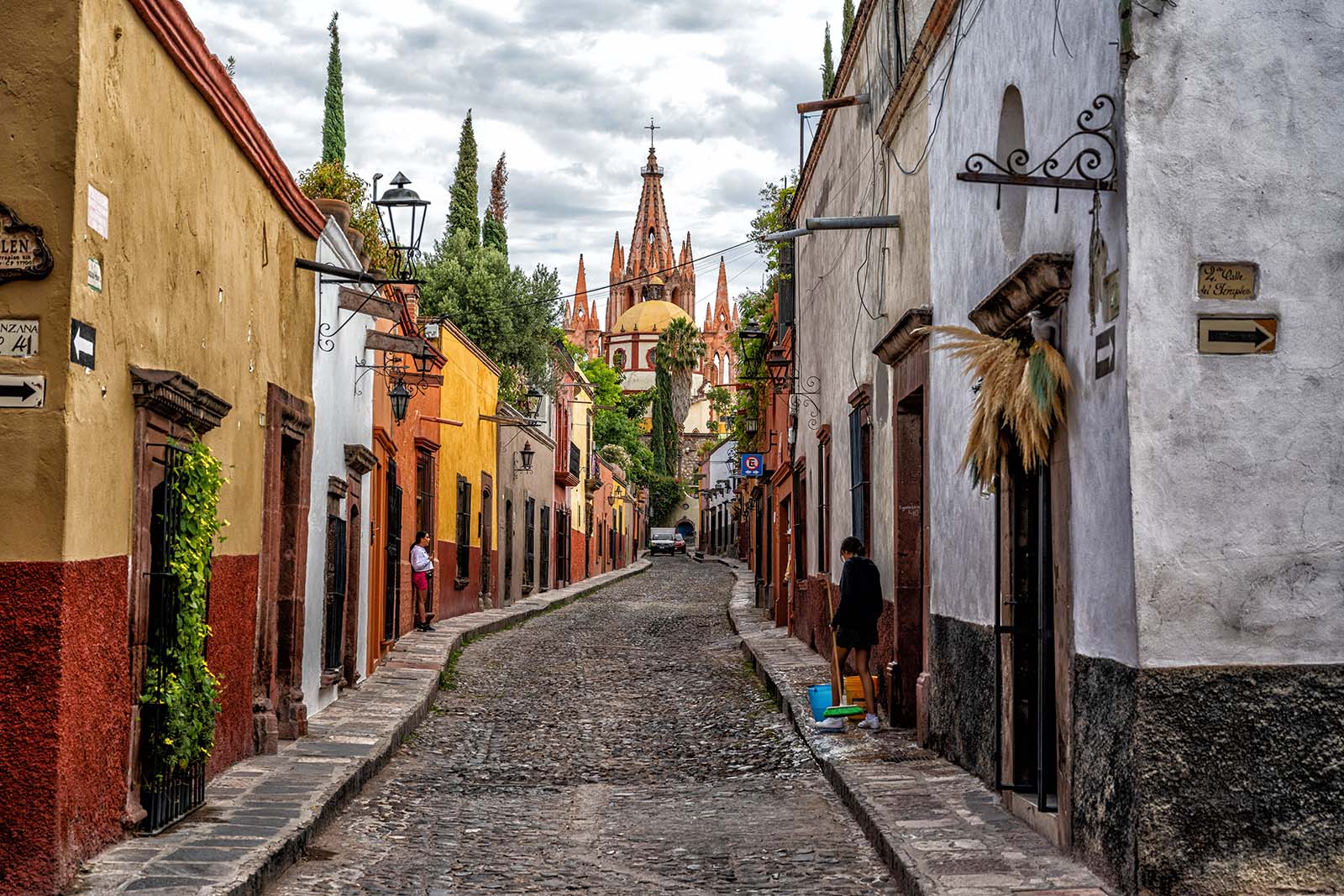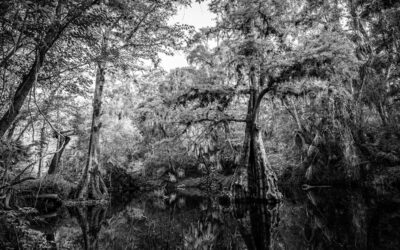Let’s face it, in the world today there are probably very few popular travel destinations that haven’t been documented to death. That makes for quite a challenge to capture compelling travel photos that will keep a viewer engaged.

The world is full of boring images and I can get my daily dose by looking at Facebook for 5 minutes. We have become essentially numb with all the photos we find all around us. Instead of just running and gunning take a little extra time to be mindful of why you are shooting a particular scene and how you are presenting it.
Here are a few tips from a professional photographers perspective to give you a fighting chance on your next trip no matter what kind of gear will be making the trip with you.
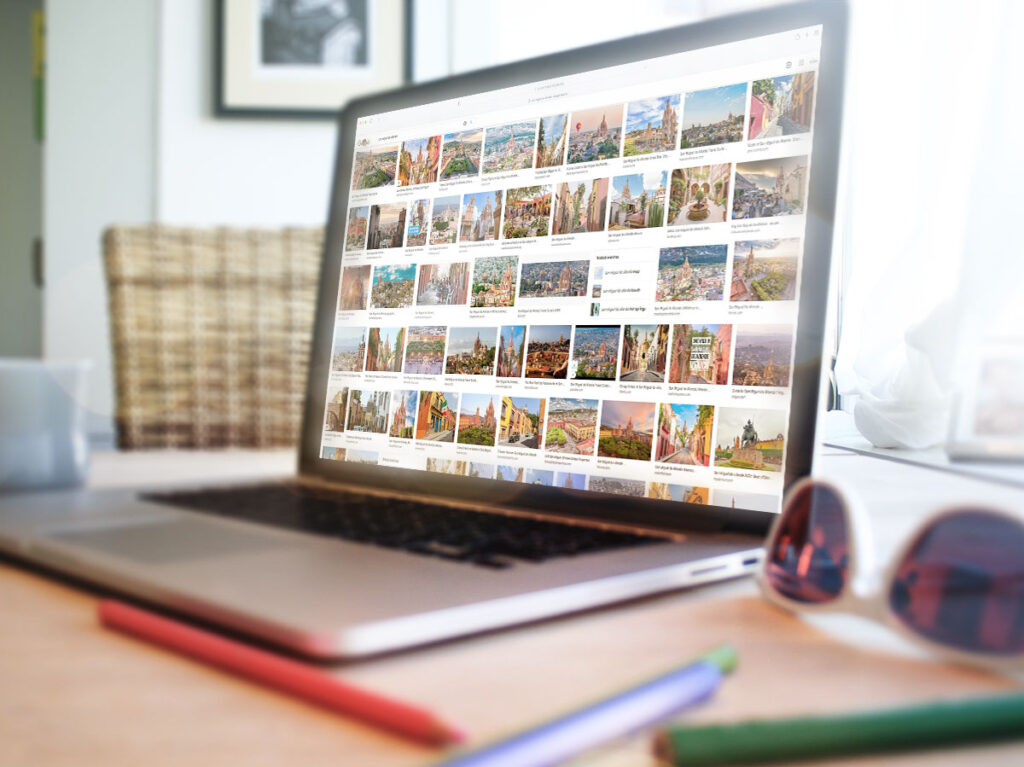
Before I went to San Miguel de Allende last month I did some research by looking at what some other photographers had already shot and from what vantage point. This helped me maximize my time as well as lead me to perhaps some places I wouldn’t have found on my own.
1. Do your research
Before you even pick up your camera, set yourself up for success. Researching your location first. You’ll discover how it has already been shot so you don’t capture and share more of the same. From a Pro’s persecutive this is a location check or scouting. It’s never been easier.
Back in the day we had to actually visit a lot of places before we were tasked to shoot there to be familiar with any particular challenges or opportunities we may be facing. Now we can often “Google It” and benefit from the content already posted. Sometimes we may want to emulate a particular scene in our own style and sometimes we want to present a scene that’s all too common in a completely different way.
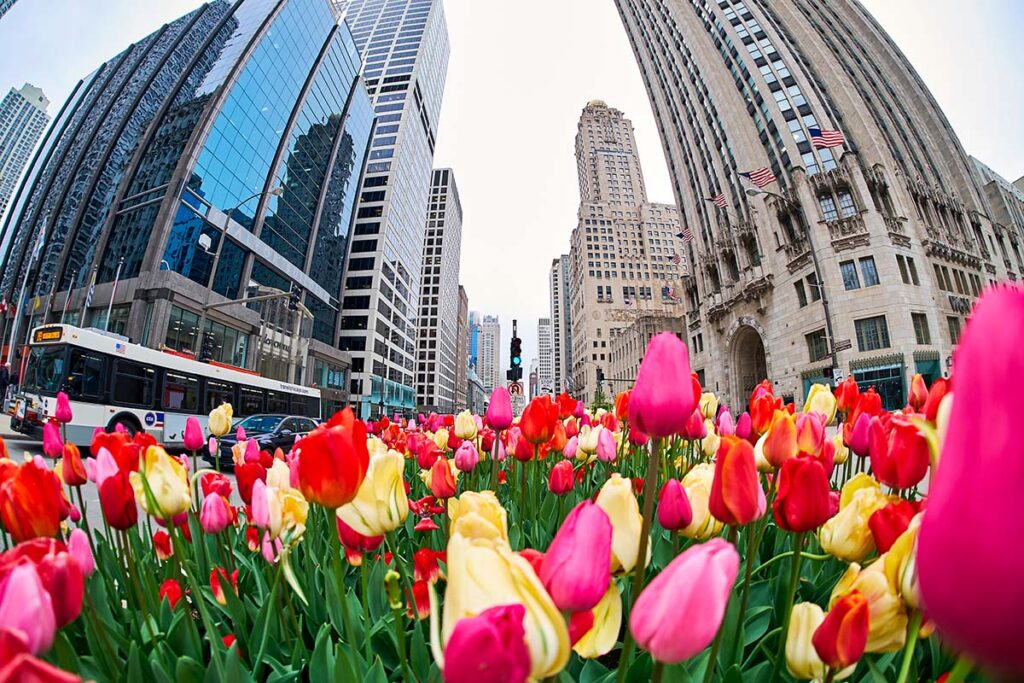
I like to shoot from an angle people don’t often get to see. I also like to shoot from a field of view we are not accustomed to seeing with our own eyes. When you consider we see at approximately 35mm field of view, I like to use either a wide angle lens or a telephoto lens combined with an interesting angle especially to show my version of a common scene like this one on a cloudy day on Michigan Avenue in Chicago.
2. Shoot from an interesting angle
Consider that most images are captured with a 35mm lens at eye level. That’s no coincidence. It’s the most comfortable way to shoot. Variations are uncommon so any time you do one, it’s almost immediately more “interesting” to your viewer simply because it’s unique. That’s a great starting place. Go wide with your lens choice, and maybe mix that with shooting low to high or vice versa. Alternatively shoot tight and crop in, because we are so accustom to shooting from a comfortable distance to our subjects too. Look for bridges and tall buildings to shoot from too as they provide unique perspectives of your location.
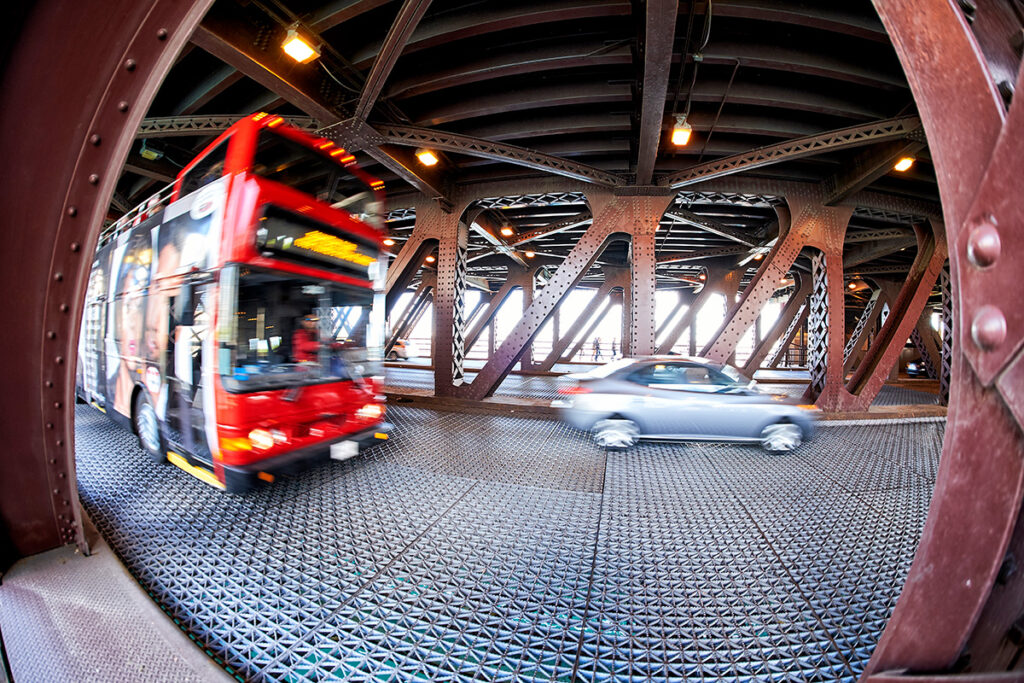
3. Frame Your Subjects
A super easy way to make any shot more interesting is to frame it within its natural surroundings. You can see here that I’ve combined that technique with going really wide with my lens as well. This will work in both urban and natural settings and with people and objects as well. Like framing a shot of your fabulous dinner between a bottle of wine on one side and your glass or water on the other.
Here is another example below shot with an iPhone.
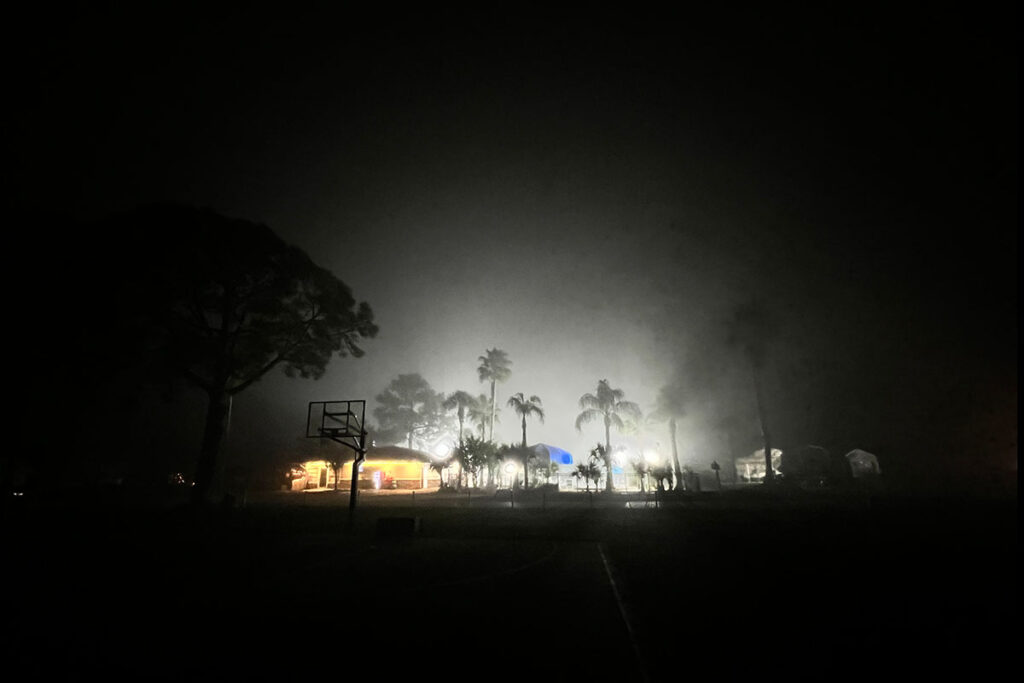
The fog and natural light falloff provided a great frame for this simple shot of a campground on a foggy night in northern Florida.
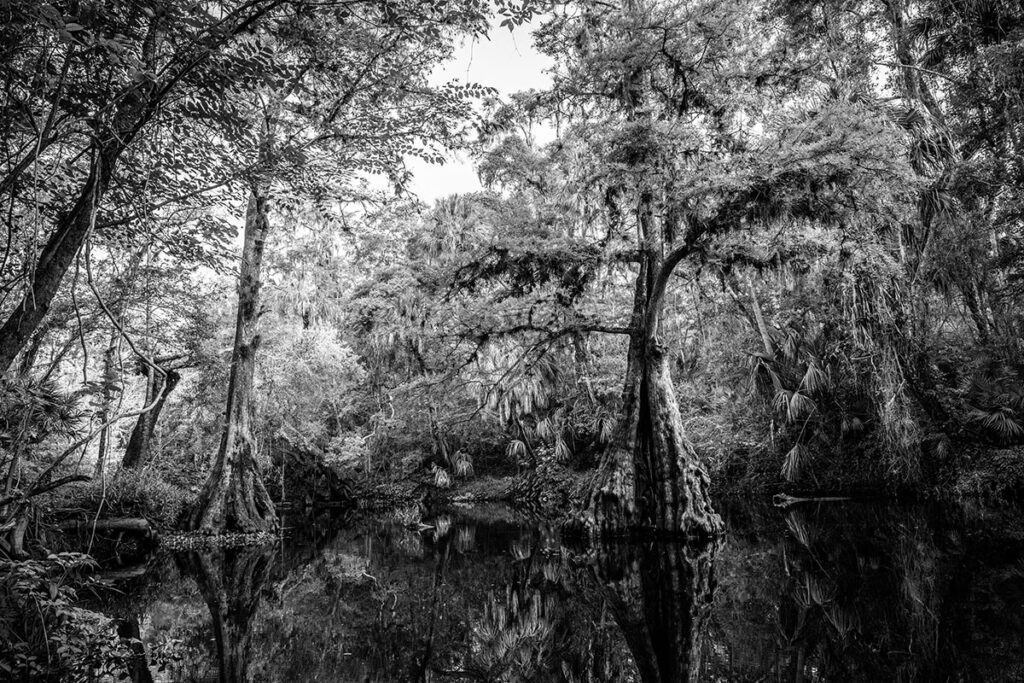
4. Black and White
We see the world in color. Some scenes, however, don’t lend themselves to color so consider presenting them in Black & White. Look for good opportunities to present a subject or scene in monotone.
Remember good monotone images have adequate contrast (think light and shadows), and include texture and/or patterns.
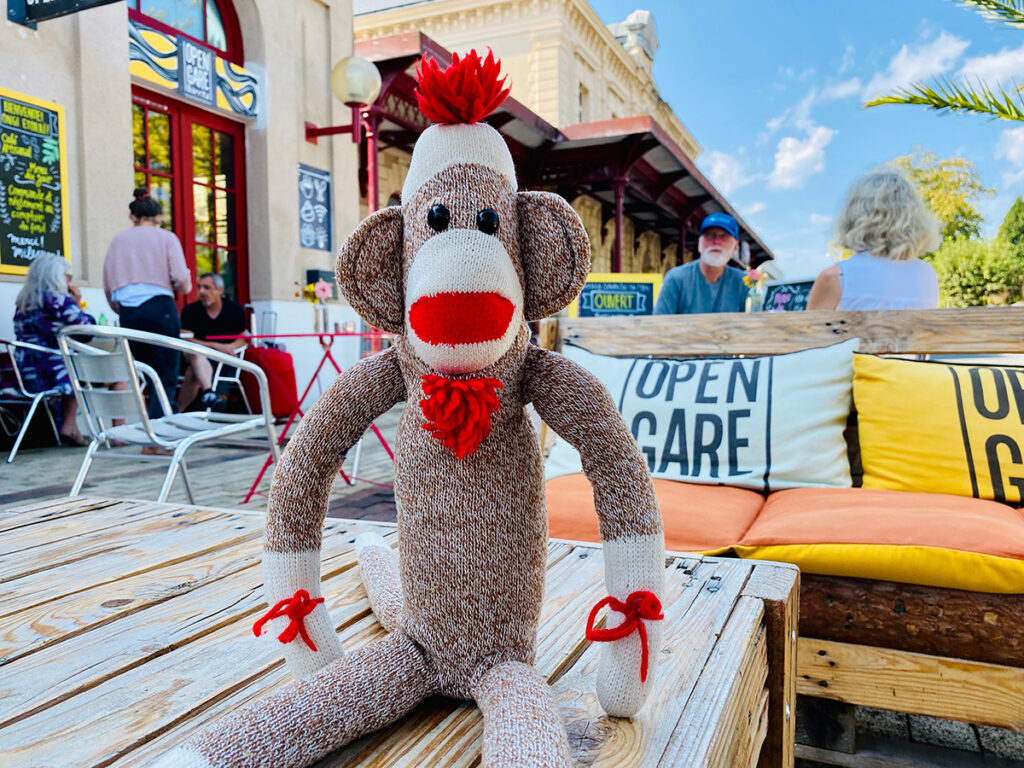
5. Be Fun & Silly
Trips are fun so BE FUN. BE SILLY. Find things that are unique in your travels and rarely presented. Show your friends how much fun you are having, not just where you went. This sock monkey is our travel campanion and he provides a great deal of levity to a common scene, a difficult situation and a hard day on the road. Here is is just sitting while we wait for a train outside a café in Bierritz, France.
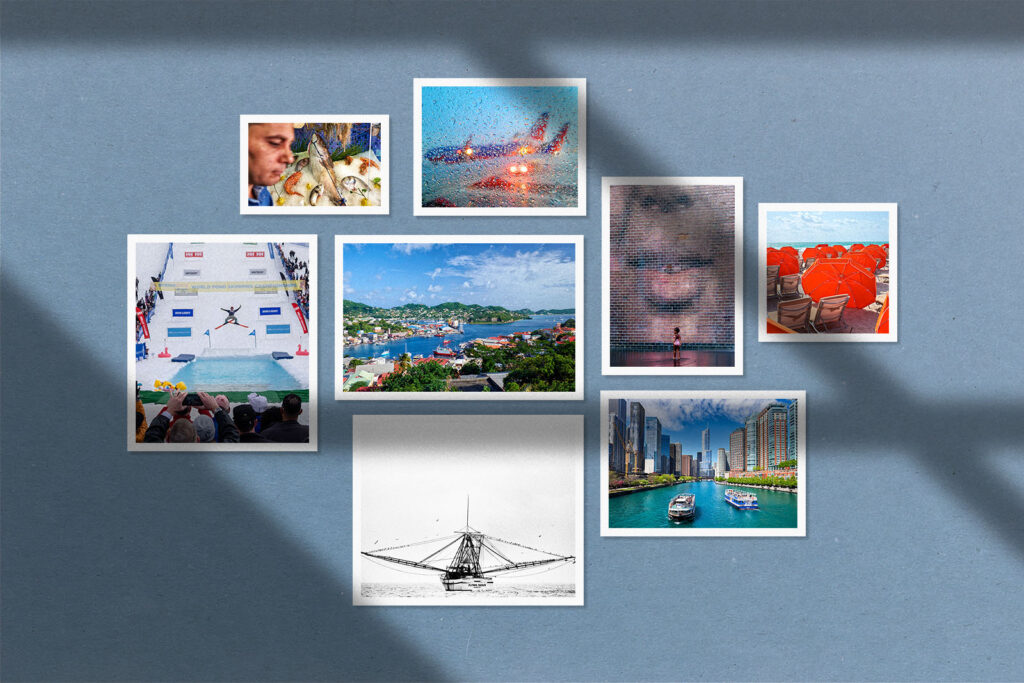
6. Vary your content
Don’t become locked in a certain type of photo like just selfies of your group, typical monuments, your lunch or dinner etc. Make an effort to get a good mix of images from your trip like tight shots, landscapes, cityscapes, people, food, crowds, transportation, day and evening scenes, reflections, bad weather and most of all PEOPLE.
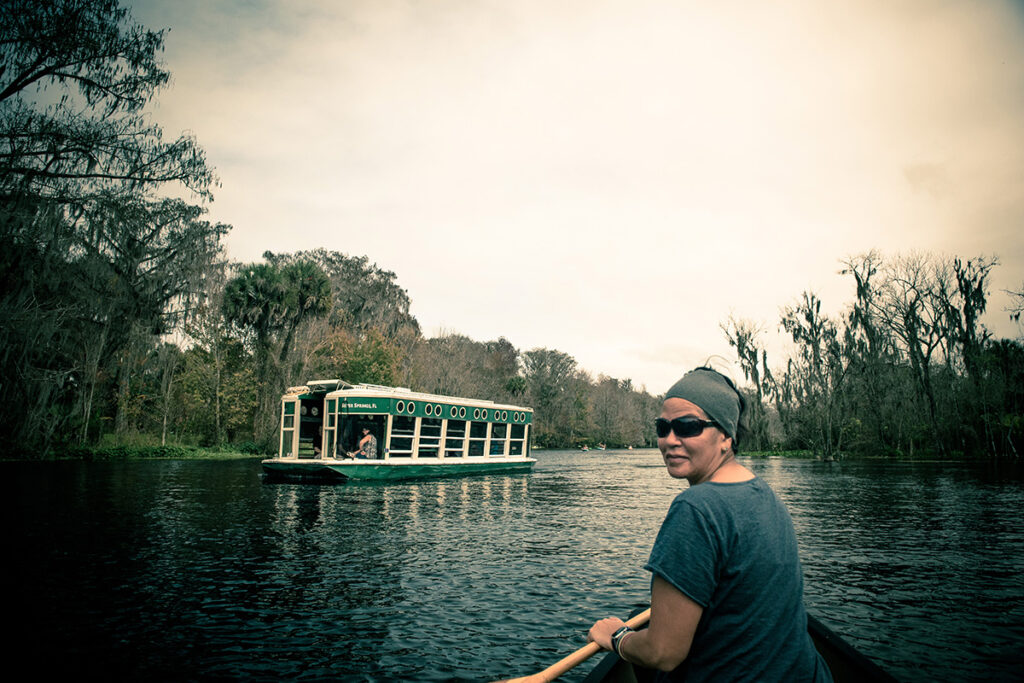
7. Context
Show context in your images by putting your companions or group in a simple scene with subtle hints as to where you are. You can even add a little mood to your image like I did here with a preset to make the image look like an old Kodak Kodachrome image.
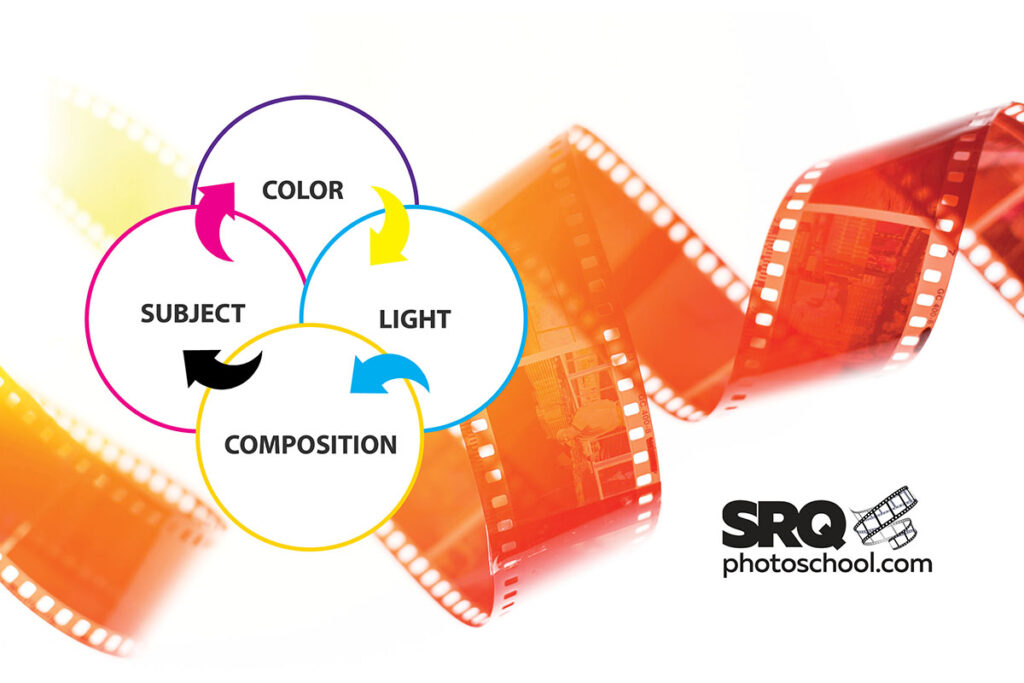
8. Focus on What Matters
And finally with all these tips, consider a recipe to transform an image from ordinary to extraordinary by focusing on Color, Light, Subject or Composition in your image. This is the magic recipe for a compelling image.
All great images have at least one of these attributes in great abundance. If I don’t find one of these attributes in a scene, I simply leave my camera in the bag (or pocket).
Any camera today, including your phone, can take a pretty good image from a technical standpoint without any special photographic knowledge. And that is precisely the problem. Our equipment is making us lazy and accepting that our images are good enough simply because they are in focus and exposed properly.
We have lost regard to what makes an image interesting, unique and personal. With just a little thought and preperation we can reverse that trend.
Your next trip would be an excellent place to start, n’est-ce-pas?
If you are wondering what kind of camera to bring on your next trip or if you should just use your phone, check out this post on the best compact camera for travel.
To see a few of my travel photography pics taken recently with a Sony RX100 VII, check out this trip to Colombia.
The Cover Image:
San Miguel de Allende is a colonial-era city in Mexico’s central highlands, is known for its baroque Spanish architecture, thriving arts scene and cultural festivals.
In the city’s historic, cobblestoned center lies the neo-Gothic church Parroquia de San Miguel Arcángel, whose dramatic pink towers rise above the main plaza, El Jardín.
This town is an UNESCO World Heritage Center and the recent issue of Travel + Leisure named San Miguel de Allende in a July 12, 2022 article #2 on its list of the 25 Best Cities in the World.

